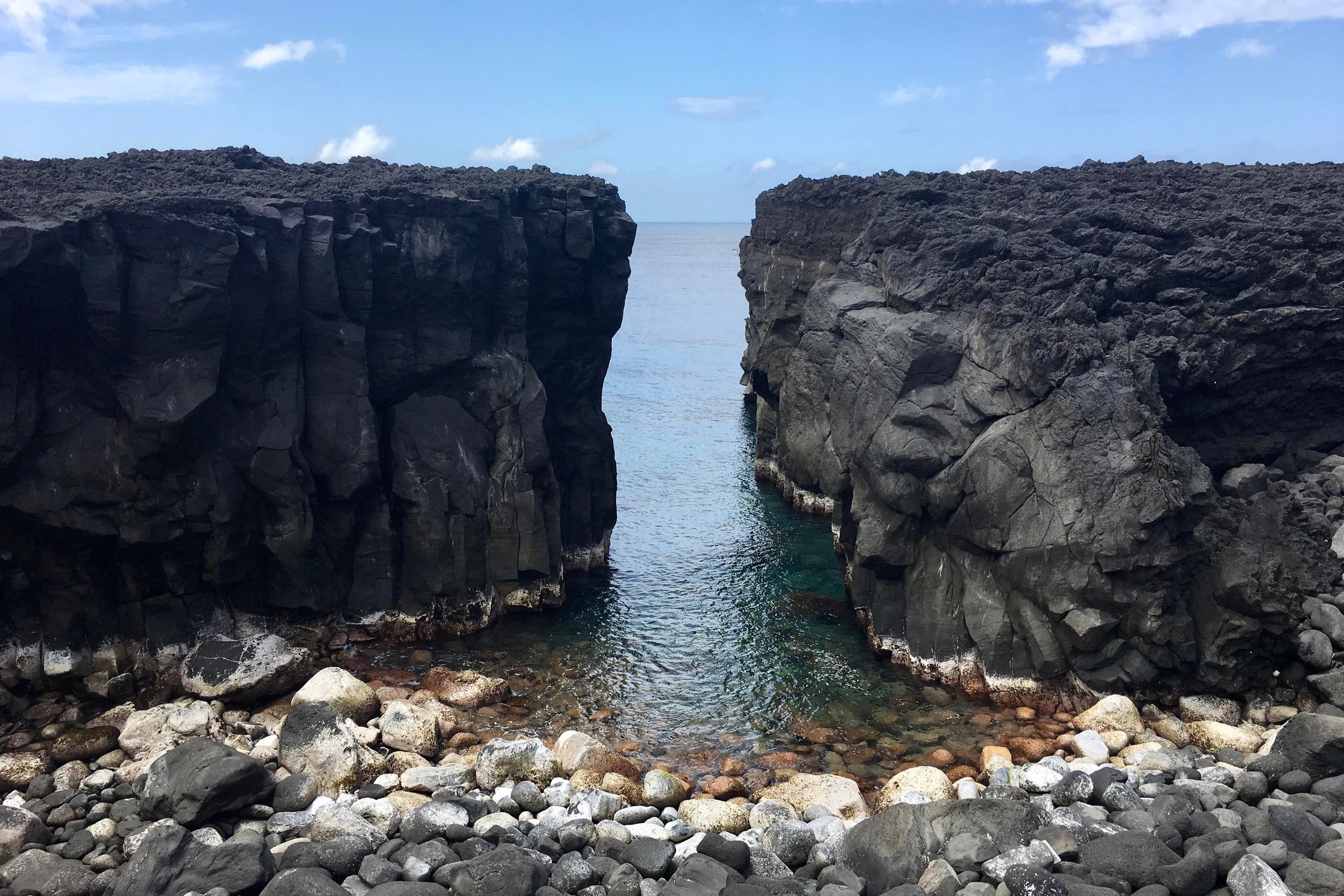Delphine Parodi
Documentary Photographer https://www.delphineparodi.com
Prior to moving to Japan in 2015 Delphine Parodi studied Philosophy and Modern Literature at the Sorbonne University and Photography at the London College of Communication. At the crossroads of documentary and narrative photography, her work focuses mainly on the relations between societies and their environment. Oscillating between the visible and the invisible, she creates subtle links between individual and collective memory. Her series "Out of Sight" has been exhibited at the Japanese cultural center in Berlin (Japanisch-eutsches Zentrum Berlin) and at the international photography festival, Kyotographie, in Kyoto. The book "Out of Sight" was published by Le Bec en l'Air publisher in France, received the HIP prize 2020 category Nature and Environment and was exhibited at Paris Photo in 2021.
1984年マルセイユ生まれ。現在、東京を拠点に活動中。フランス、ソルボンヌ大学で哲学と現代文学を学び、ロンドン・カレッジ・オブ・コミュニケーションで写真を学んだ。写真家として、ドキュメンタリー写真と、アート写真の交差点で、社会とそれを取り巻く環境の関係性を主なテーマとして扱う。可視的なものと、不可視的なものの間を行き来しながら、彼女の写真は、個人的な記憶と、集団的な記憶に微かな繋がりを創り出す。ベルリン在住の作家 多和田氏との共作のシリーズ作品“Out of Sight”(邦題:曖昧な喪失)は、ベルリン日独センター Japanisch-Deutsches Zentrum Berlin 及び、京都の国際写真フェスティバル Kyotographie で発表され、2020年10月、フランスのLe Bec en L'Air社より、写真集を出版。2020年のPrix HIP Award (自然・環境部門)を受賞。写真集は、2021年、フランスParis Photo でも出展された。
Out of Sight
In 2012 Delphine Parodi and Yoko Tawada independently began a reflexive process in the aftermath of the March 2011 Fukushima nuclear disaster, whose impact is still greatly felt inside and outside Japan. Following various visits to Fukushima, they decided to present together the fragments of their journey. Combining photography and poems, their work emanates from the testimonies and stories of the inhabitants of Fukushima. Based on a series of intimate narratives, it carries the possibility of a common memory drawn from individual stories, but also reminds us of the duty of collective consciousness.
2011年3月に起きた、そして未だ日本国内外に大きな影響を及ほす福島原発事故の余波を受けて、写真家デルフィン・パロディと詩人多和田葉子氏の2人はそれぞれ2012年から反射的に活動を始めた 。現地禰島を何度も訪れた後、お互いの旅と経験を通して、2人は共に活動することに決めた。写真と詩を組み合わせて、禰島の住民の証言と経験から作品が生まれた。親しみやすい一連の物語を起点に、個々の物語から紡がれる記憶の可能性を伝えるだけでなく、人々が集い共に生きていく普遍的な意識の本分を反映している。






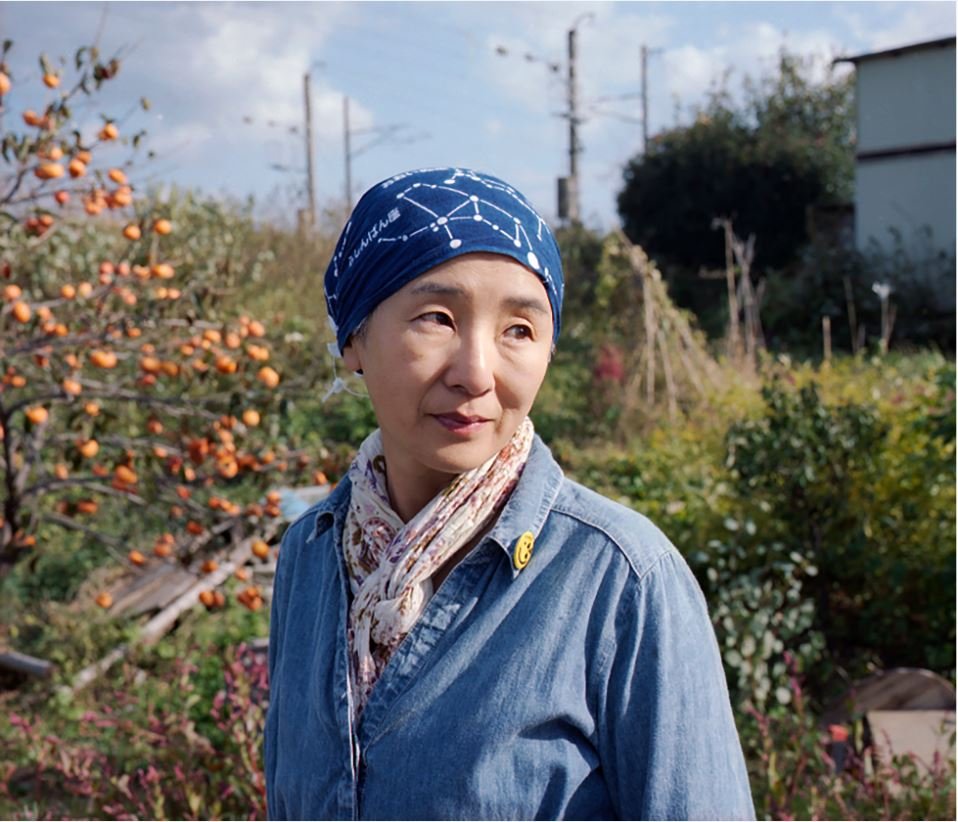


The Nomad within, Mongolia, 2018
Endless open lands stretching into apparent infinity. Mongolia’s vast steppe is home to one of the world’s last surviving nomadic cultures. Post-Socialist Mongolia and its collective desire for a sense of belongings feed the construction of nomadic identity. Slowly, however, nomadic families are moving to urban areas, facing climate change, as droughts, harsh winters and over-grazing threatening traditional livelihoods. Representing only 25% of the population. In the summer nomad children leave urban life and boarding schools to come back to their families in the steppe, helping parents with their herd and experience a life more closely bound to nature and the vastness of the sky.
果てしなく無限に広がる空閑地。モンゴルの広大な草原は、世界で最後に生き残った1遊牧民の文化が存在する。社会主義後のモンゴルと属しているという感覚の集合的な欲求は、遊牧民のアイデンティティを確立している。しかしながら、遊牧民の家族は気候変動、干ばつ、厳しい冬、伝統的な生活を脅かす過放牧に直面し、ゆっくりと都市部に移動し、人口のわずか25%しか残っていない。夏になると、遊牧民の子供たちは、都会の生活や寄宿学校を離れ、草原の家族の元に戻り、家畜の群れを率いて、両親を助け、自然や広大な空に密接した生活を経験する。



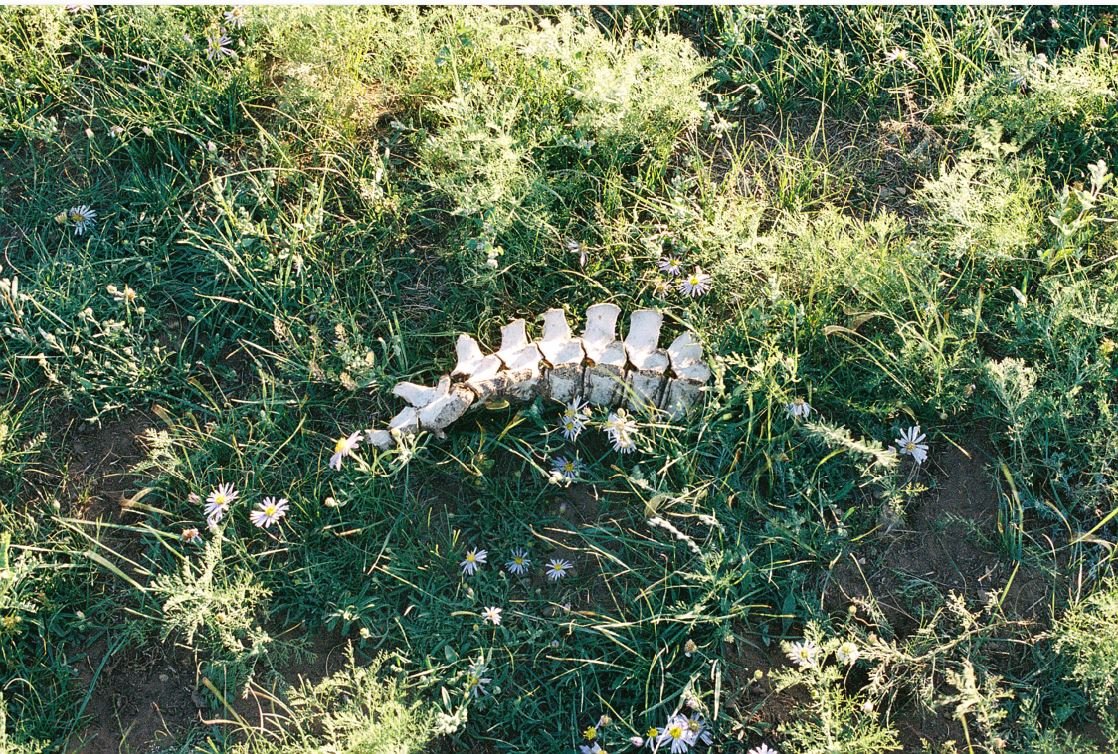







Vietnam, Moving mountains, ongoing project
Lao cai, a province in Vietnam northern mountainous area has over ten ethnic groups present, Vietnam counts 54 in total. The interpenetration of multiple ethnic groups within the same territorial unit is characteristic of the Northern mountainous region. These mountains shelter the last remaining large forests in Continental South East Asia. All these groups show different models of agriculture and their relationship to the forest vary from one group to another. Local realities are multiple and complex. Confiscation by the state of the ethnic group's land is still rife, decimating agriculture in many minorities areas. Differences are also present in beliefs and customs, educational types, gender and marriage and social structure of the community.
ベトナム北部の山岳地帯にあるラオカイ省には10を超える民族が存在し、ベトナム全体では54部族にも達する。同じ領土内に複数部族が共に生活しているのが、北部の山岳地帯の特徴である。これらの山々は、東南アジア大陸に残る保護された最後の大きな森である。また部族のグループは全て、さまざまな農業を行い、森林との関わり方は部族ごとに違い、地域の在り方は、さまざまで複雑である。民族グループの土地の奪い合いは蔓延しており、多くの少数民族の地域では、農業が衰退している。また、信念や習慣、教育、性別や結婚、コミュニティの社会構造の在り方にもまた違いが見受けられる。








Iran, Chak Chak Province, tea seller by the road, 2018
Iran is one of the world's largest tea-drinking nations. It has been present in the country since the 16th century and became popular with the introduction of tea cultivation at the turn of 20th century until recent times. Drunk from breakfast to dinner, coming in an assortment of subltle flavours, it is defined by its deep reddish brown colour. Most Iranians prefer to have sugar with their tea due to its strength. The taking of tea is a ritual, most meetings will commence with the offering of tea, and most meals will finish with it. Iranian tea at his best is clear, crisp, brilliant.
イランは世界で最もお茶を飲む国の一つである。その文化は、16世紀から存在し、20世紀初頭から現在に至るまで茶葉の栽培が行われるようになってから、人気を博した。朝食から夕食まで飲まれ、ほのかな風味の違いにより分類された深い赤褐色のお茶はほとんどのイラン人は、あまりに濃いので砂糖を入れて飲むことを好む。お茶を飲むことは儀式であり、ほとんどの会合はお茶を出すことから始まり、ほとんどの食事はお茶で締められる。最高の状態のイランのお茶は、透明で爽やかで鮮やかである。








Iceland
“Is this nothing?-What are these humps and lumps? Here we have a field of humps and bumps in the scale of the horizon. Lumps and rumps in a remote and unknowable place. Mossy mounds, each surrounded by mossy valleys the width of your foot. These valleys form a network and maze. They do not confuse but they slow you down. They pace you, give your travel cadence, move you along in a way particular to this place. They demand a kind of intimacy, another attention in complement to the awesome scale of this open, open space. Because you want to walk, to go out among these sensuous lumps. You want to lice upon them feeling your body a center point to the endlessly open and the immediately intimate. You become the intersection, the place where this nothing is finally named.” Roni Horn.
「何もないのか?これらのこぶや塊は何なのか?ここには、地平線のスケール中に、こぶと隆起の原っぱがある。人里離れた、得体の知れない場所にある塊やこぶ。苔むした塚、それぞれの周囲には足の幅ほどの苔むした谷がある。これらの谷は通信網と経路を形成している。それは混乱させるものではないが、あなたの歩みを遅らせる。この場所特有の方法で、あなたのペースに合わせて、旅のリズムを作り、あなたを動かしている。この広々としたオープンスペースの素晴らしいスケールを補完するために、一種の親密さを求め、また別の注意を促す。なぜならあなたは、この官能的な塊の間を歩きたい、出掛けたいと思うからである。あなたはあなたの体が際限なく開かれ、すぐに親密になる中心点であると感じて、その上を虱潰しに歩きたいのだ。あなたは交差点になり、この何もない場所にようやく名前が付けられるのである。」ロニ・ホーン
Miyakejima
Osorezan, August 2020
Located at the tip of Shimokita Peninsula and founded in 862 by a Buddhist priest, Ennin, its remote landscape resembling the Buddhist notion of paradise and hell where souls of the deceased gain entry to the afterlife. The mountain became an intersection between the worlds of the Gods and the mortals. Crossing the volcanic rock-strewn landscape is walking on the terrain of the imagination. Standing down at the lake with its stretch of white sand and gazing out to Mount Osorezan, becomes a conversation. Spinning pinwheels, dolls, flowers, personalized rock piles are offerings to remember children who have passed away. Empathy and acceptance can be sensed. A possibility to grasp the feeling of non-duality of the Absolute and Relative.
下北半島の先端に位置し、862年に仏教の僧侶である円仁によって設立されたその辺鄙な風景は、死者の魂が来世への入り口に到達する仏教の楽園と地獄の概念に似ている。山は神々の世界と人間の世界の交わりの場になった。火山岩が散りばめられた風景の中を通り過ぎることは、想像の地形の上を歩いているようである。白い砂浜が広がる湖に立ち、恐山を眺めると、そんな話題になった。回転する風車、人形、花、名前の入った岩の山は、亡くなった子供たちを思い出すための供物である。共感と受容が感じられる。



Gokayama, in the atelier of washi master Kenzo Miyamoto, August 2020
The village of Gokayama in Toyama prefecture is famous for its steep thatch-roofed houses known as gassho-tsukuri. In this historical village they have been making a type of Etchu paper for more than 1200 years using methods passed down through the generations. From the preparation of the paper mulberry (kouzo) fibers to the molding of each sheet of paper, they have kept their ancient techniques, producing superior quality Japanese paper known as Yukyu washi.
富山県五箇山は、合掌造りで知られる茅葺屋根で有名な村である。この歴史的な村で、彼らは世代を超えて受け継がれてきた方法を使って、1200年以上もの間、越中和紙を作り続けて来た。楮繊維の和紙の製造から、一枚一枚の和紙の成形まで、先祖からの技術を守り続けて、悠久和紙として知られる高品質の和紙を生み出している。






Dorozome, Amami, 2022
Dorozome is a 1300-year old mud dyeing technique from Amami-Oshima, an island in the Ryūkyū archipelago, southern Japan. It involves dying textiles with the essence of Yeddo hawthorn (called Techi tree in Amami dialect) which originally grows inside the island, and soaking them in the muddy rice field after. The key of Dorozome is this chemical reaction between irons contained in the mud of Amami-Oshima and the tannin pigments of Techi tree. Kanai Kougei is a company based on the island specialized in this technique giving a unique black colour to textiles. Traditionnaly dorozome is used to dye the yarn of a kimono cloth called “oshima tsumugi”.
泥染めとは、日本の南、琉球列島にある島、奄美大島で1300年の歴史を持つ泥染め技法のことである。奄美大島に自生するヤエヤマサンザシ(奄美の方言でテチの木)のエキスで布を染め、泥のついた田んぼに浸しておくというものだ。奄美大島の泥に含まれる鉄分と、テチの木のタンニン色素が化学反応を起こすのが、泥染めのカギとなる。金井工芸はこの技術を専門とする会社で、織物を独特の黒に染めることができる。「大島紬」と呼ばれる着物の糸を染めるのに、伝統的に泥染めが使われている。
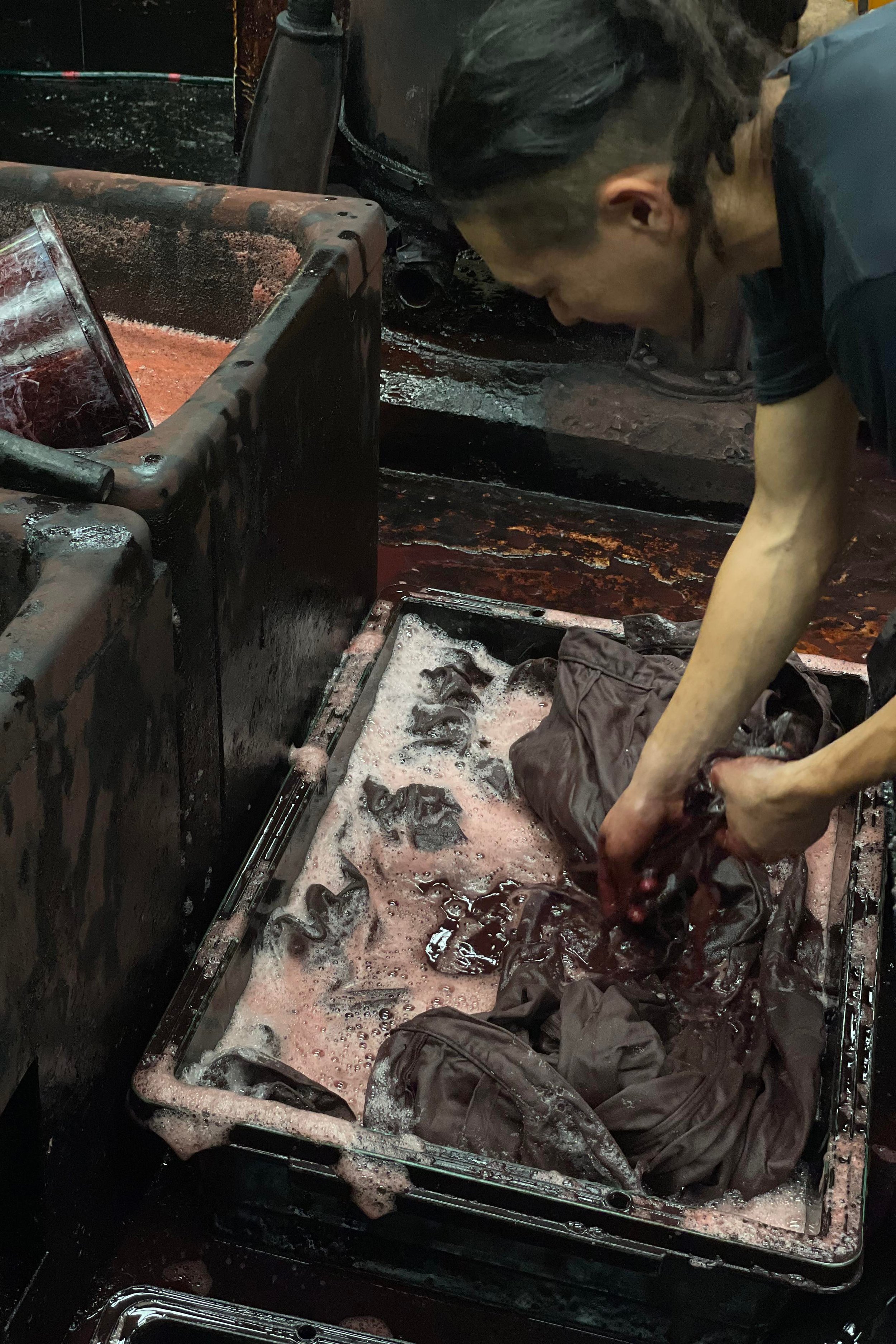
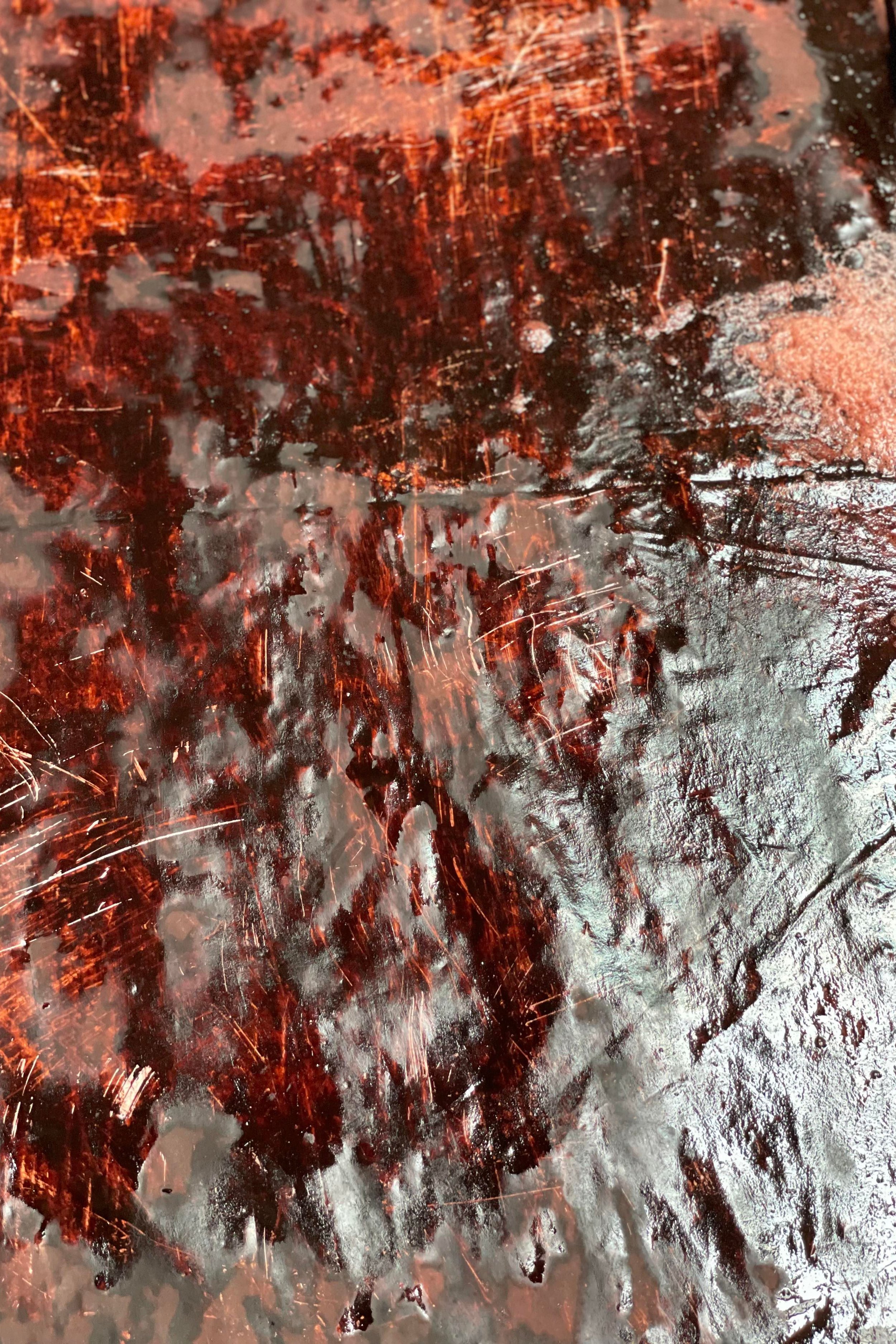


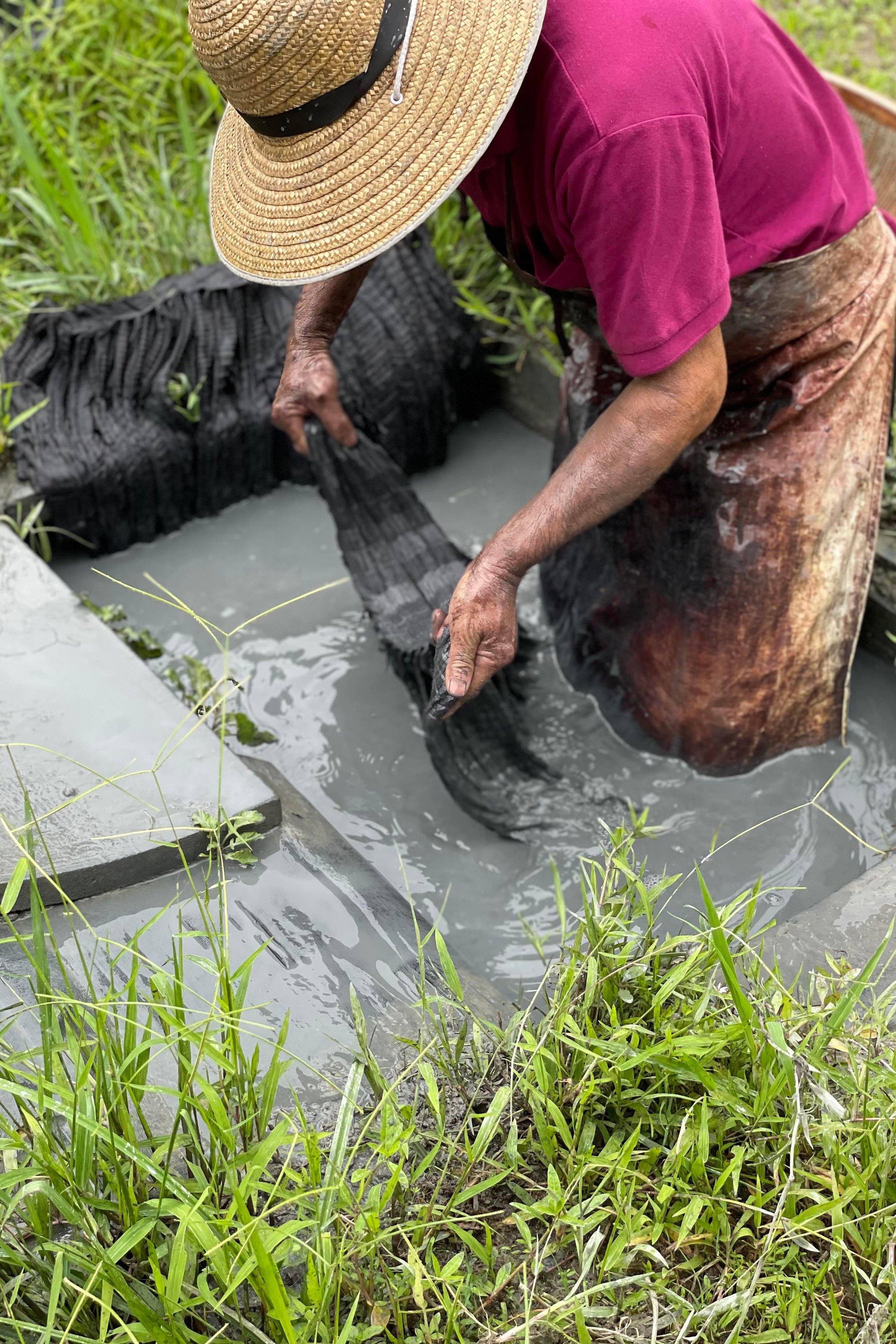
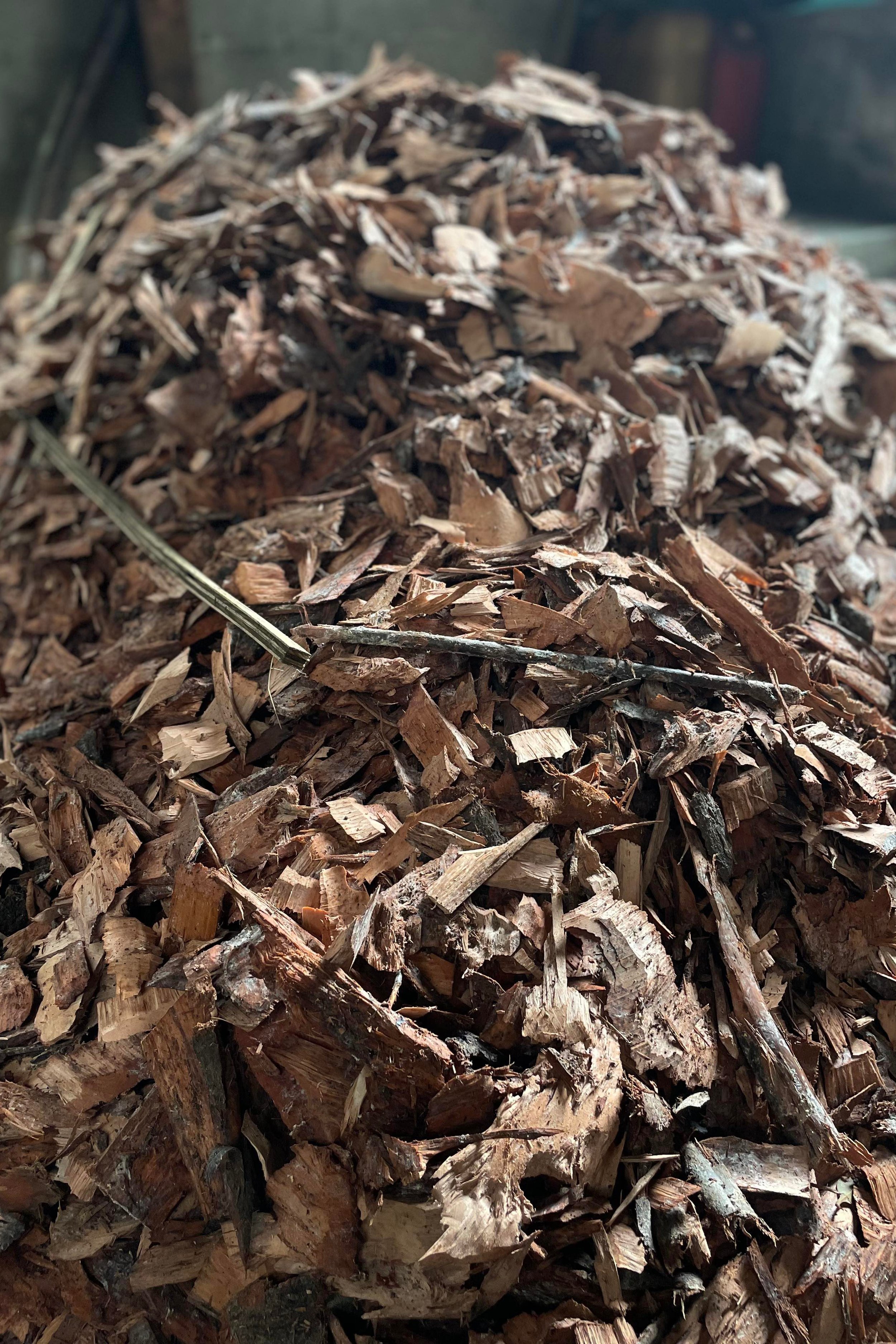
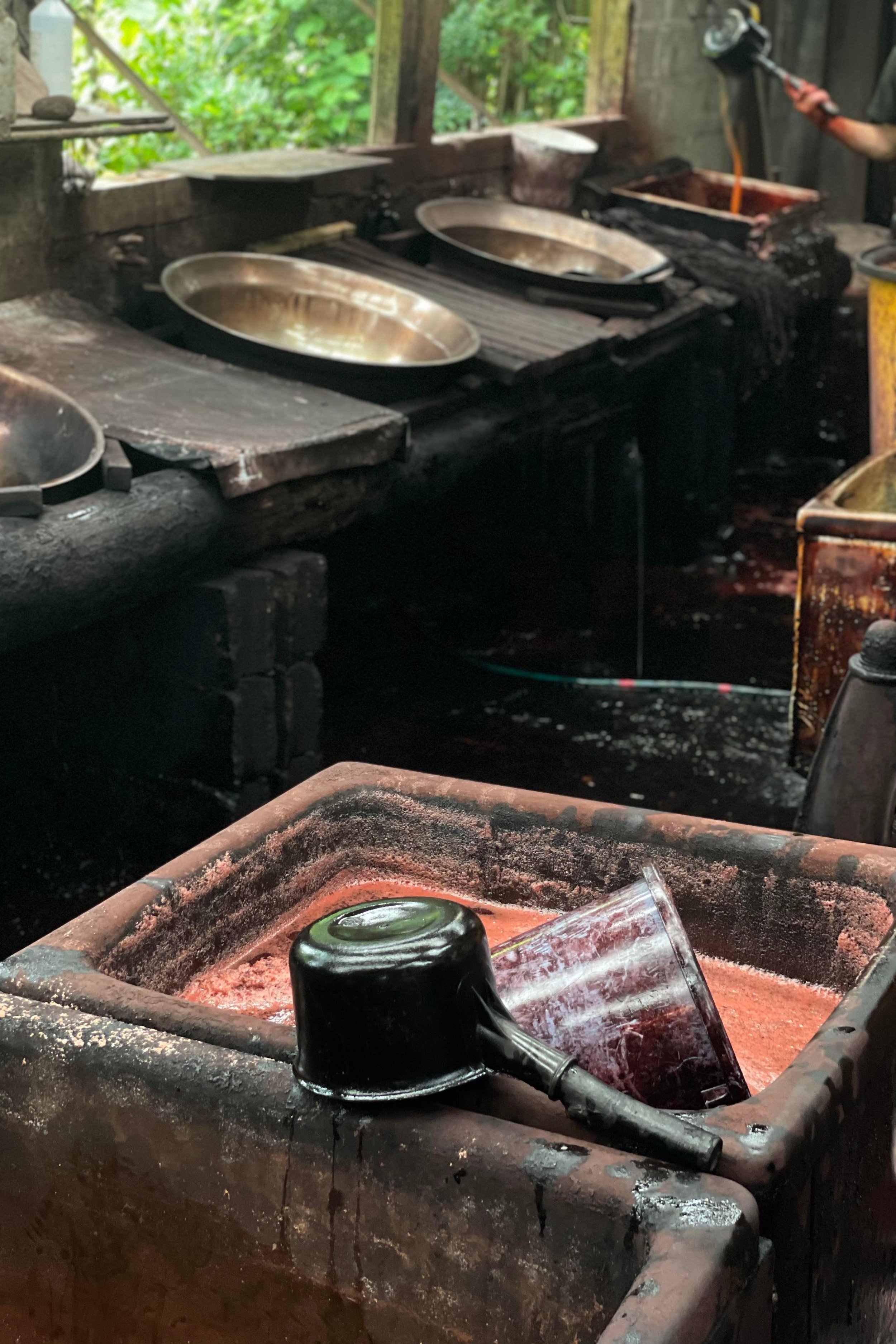

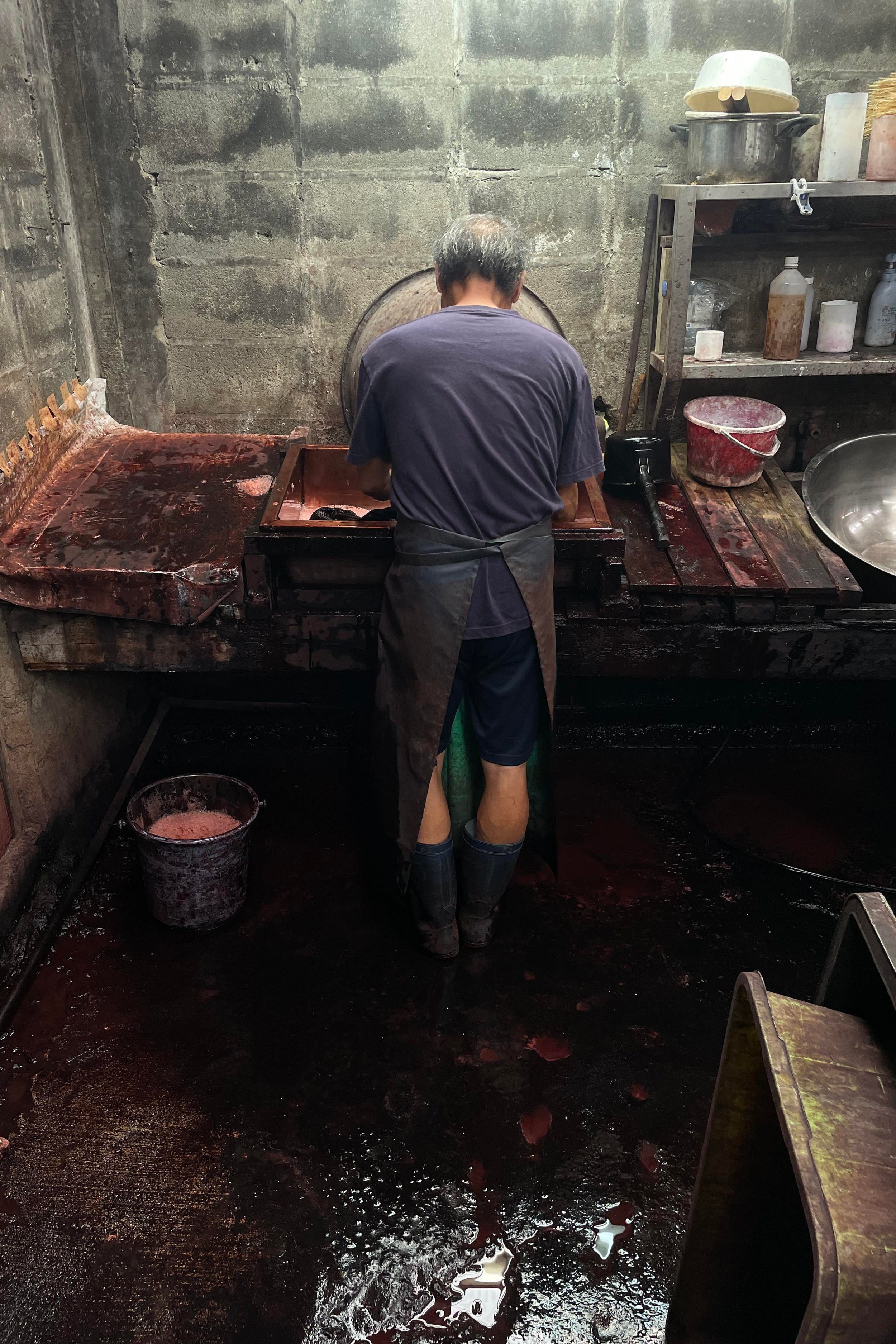
Japanese Cooking Utensils







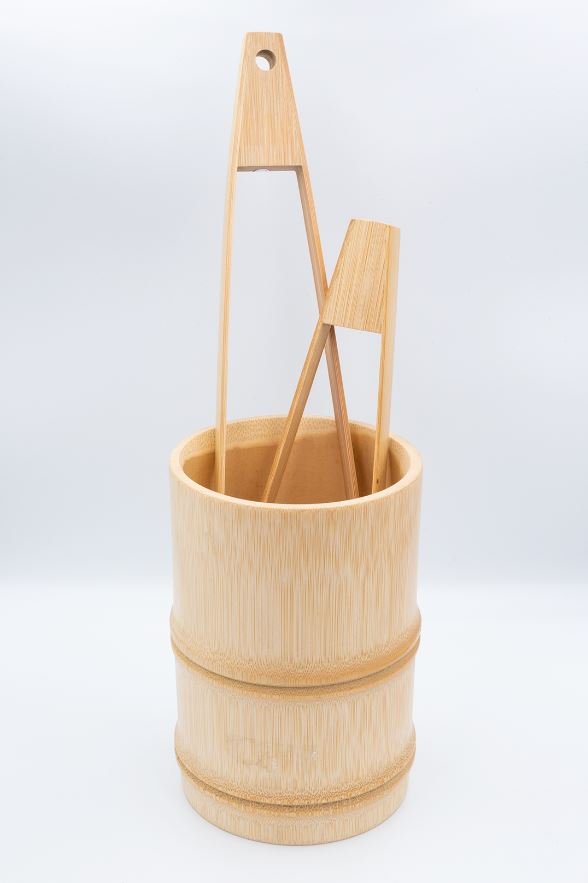


Field Artisans Series Inekari






Field Artisans Series Wine harvest
Harvest in the south east of France at Château Roquefort in Cassis and Domaine du Gros Noré in Bandol.
フランス南東部、カシスのシャトー・ロックフォールとバンドールのドメーヌ・デュ・グロ・ノレでの収穫。
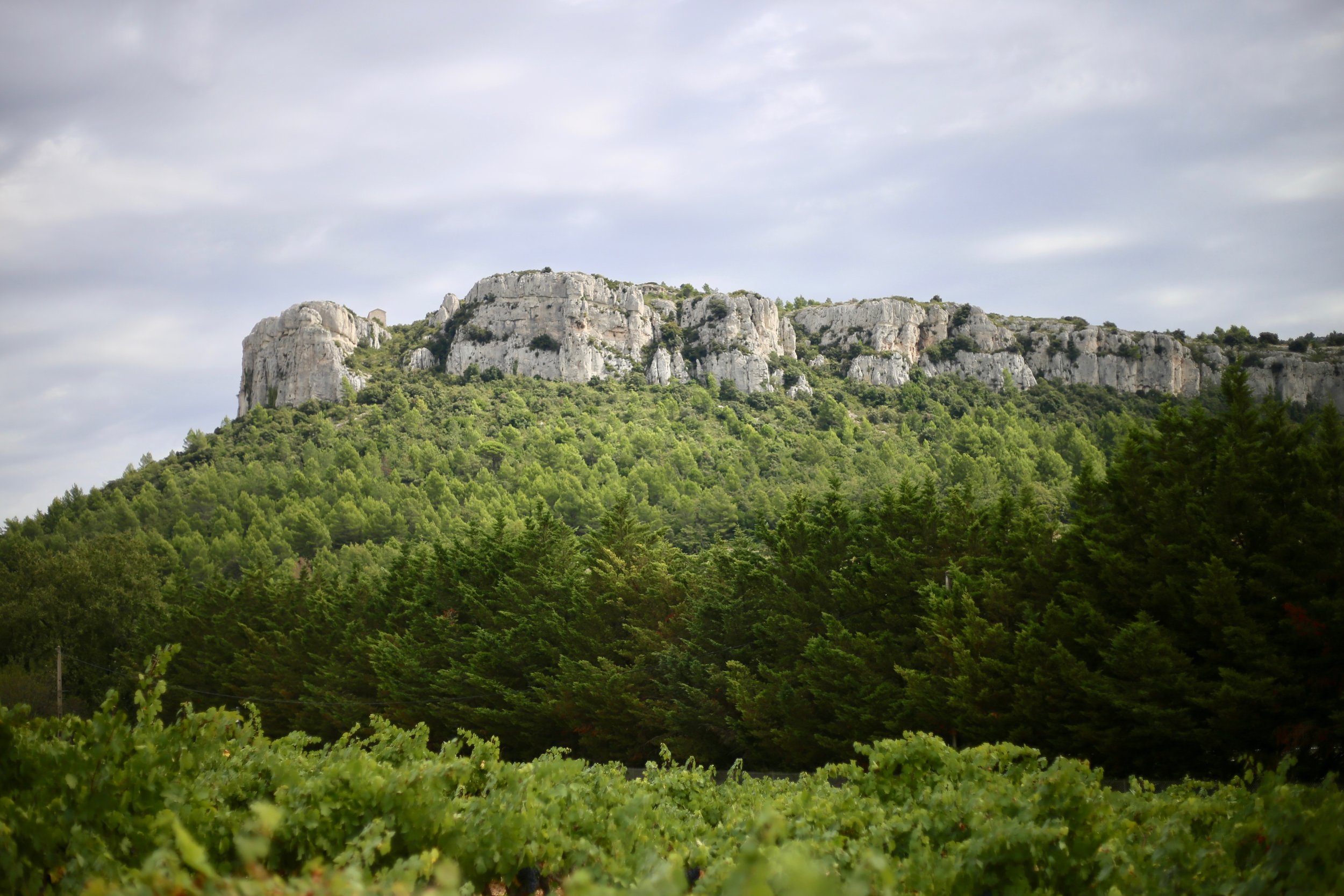





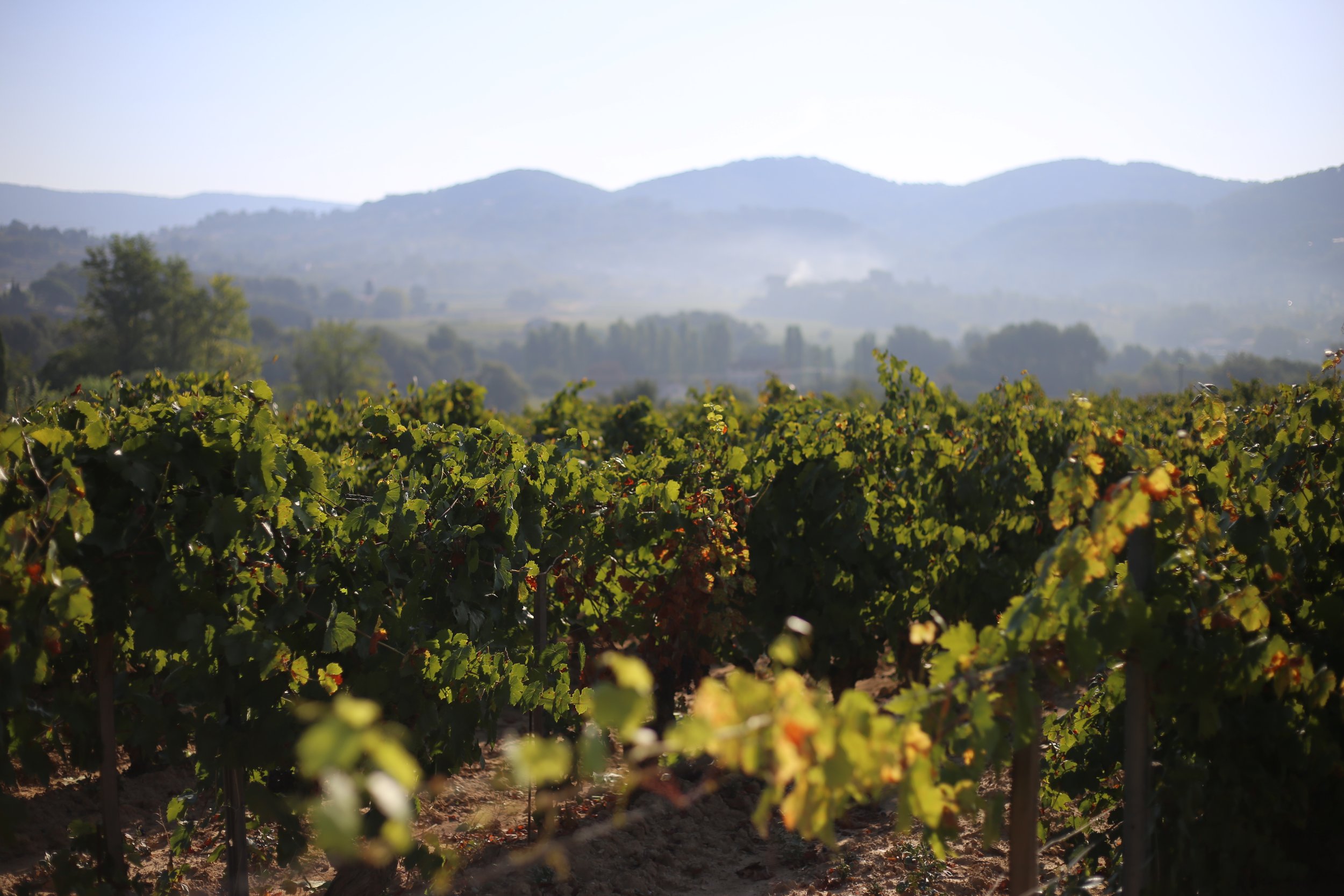
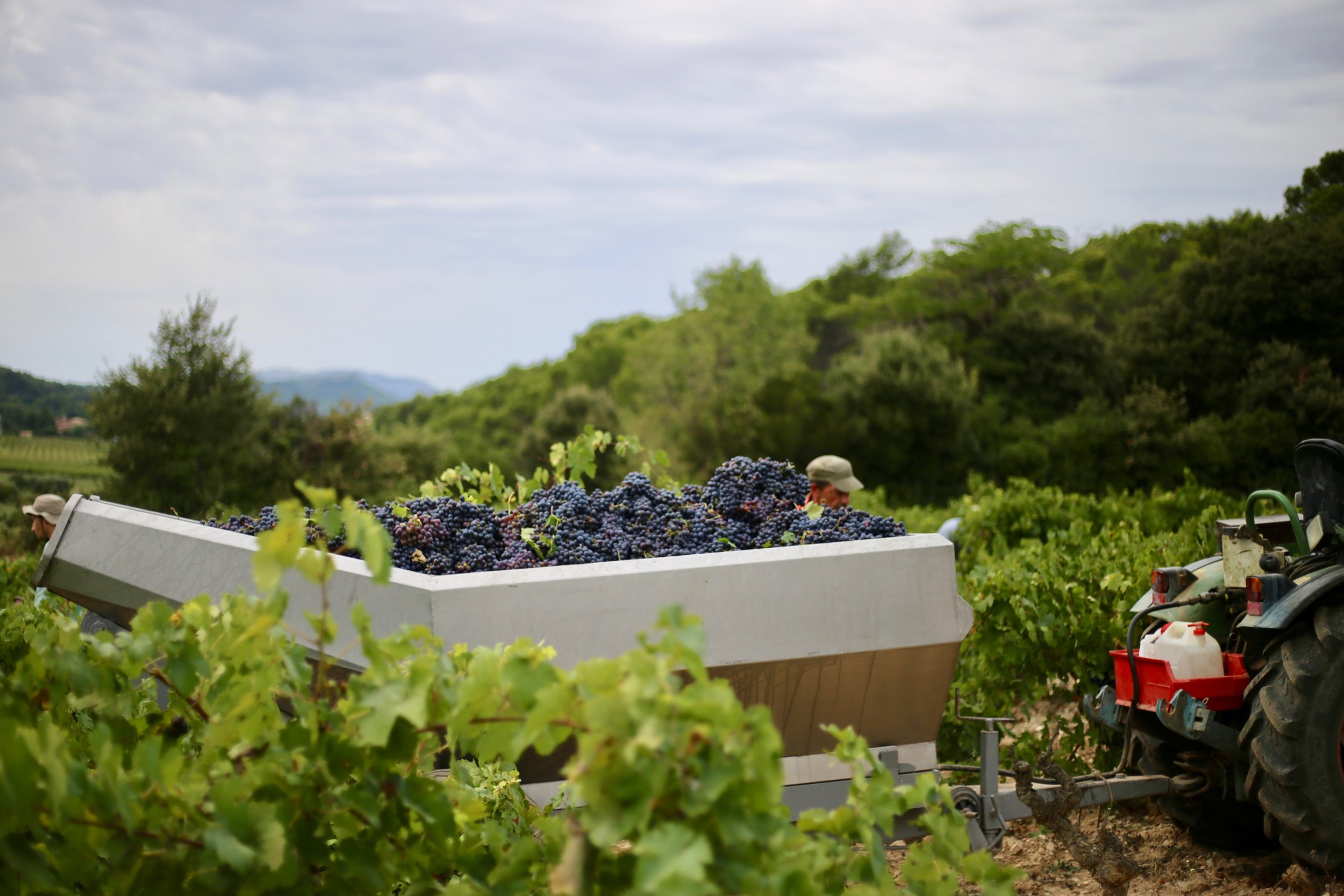
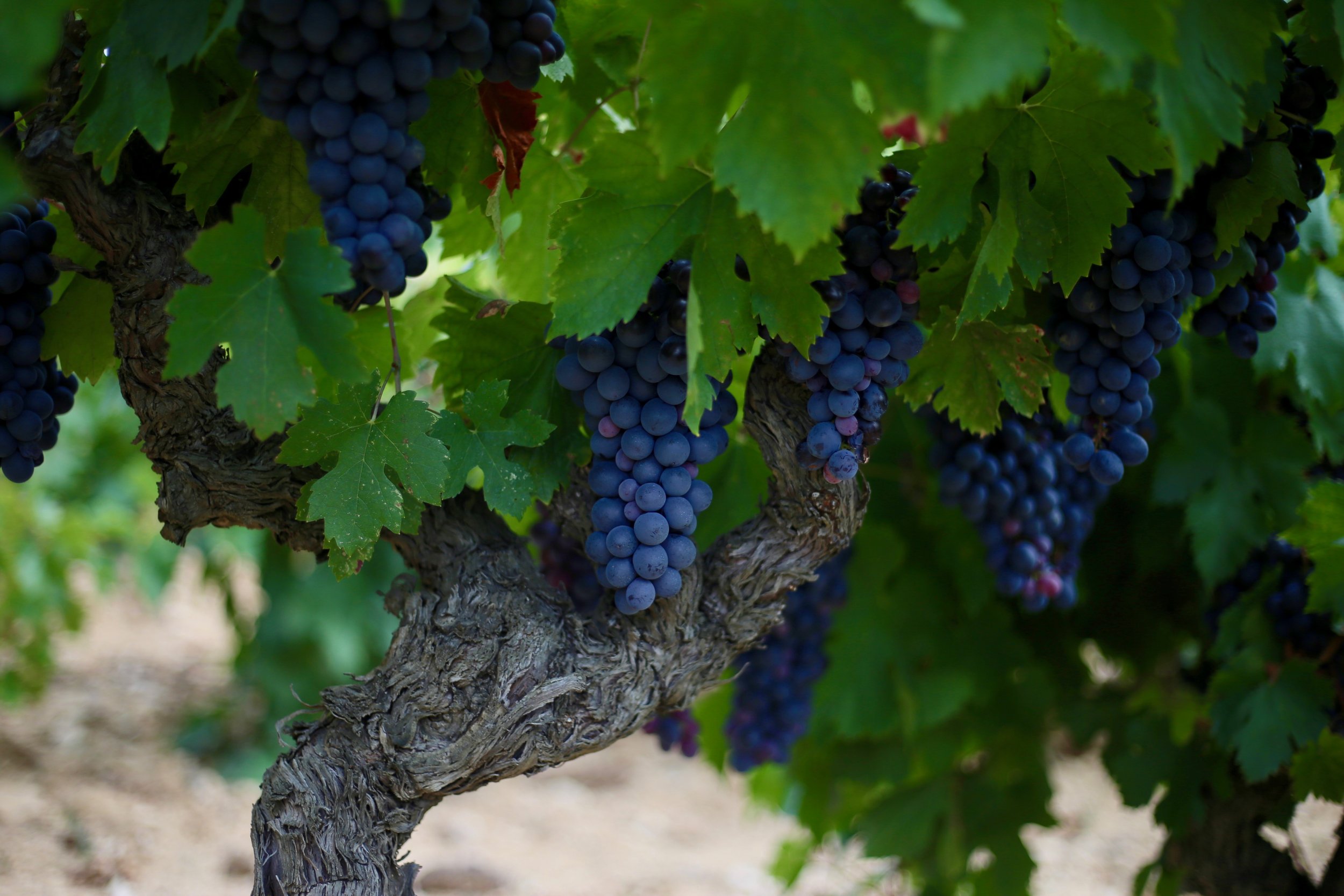
Field Artisans Series Tea Farm

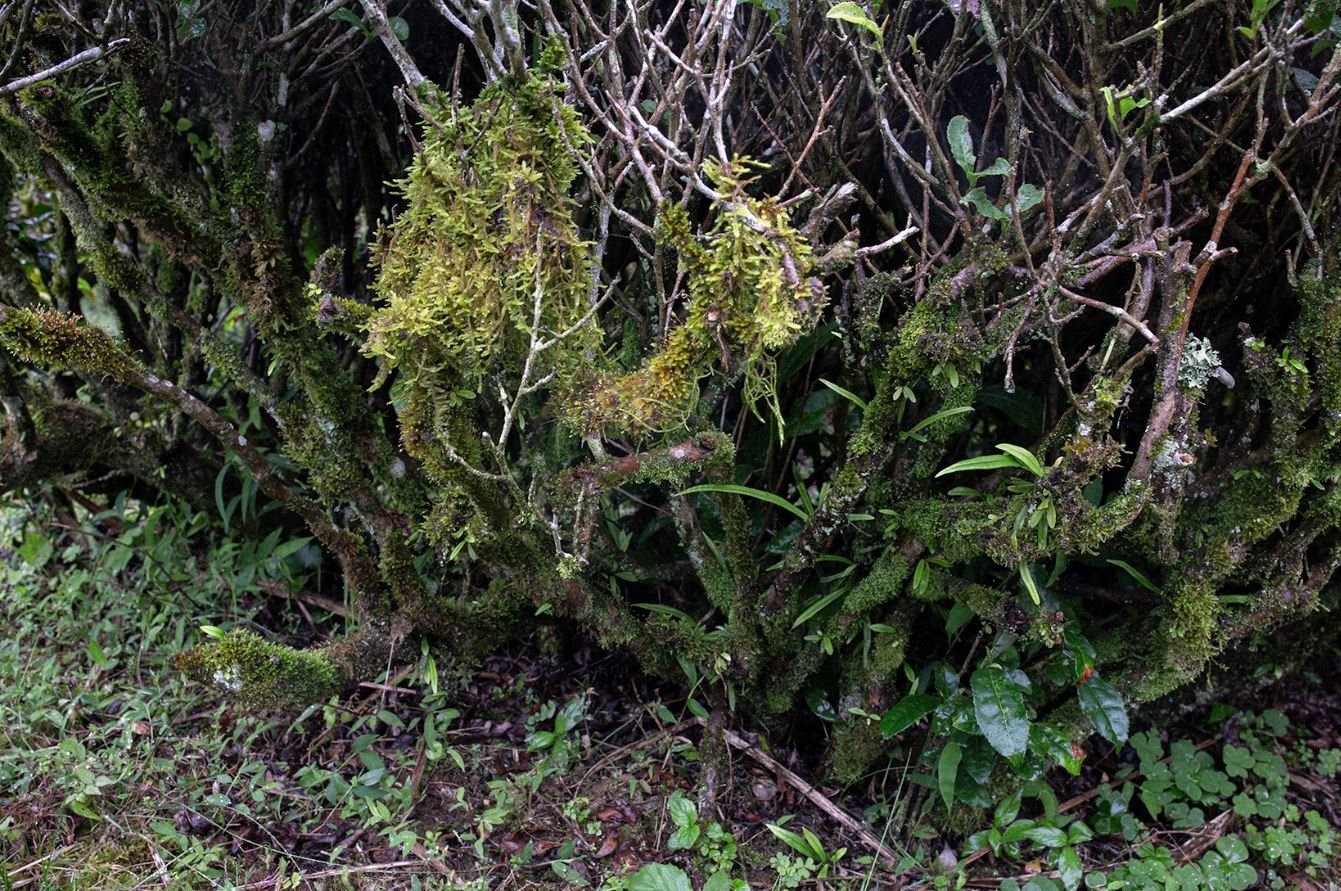







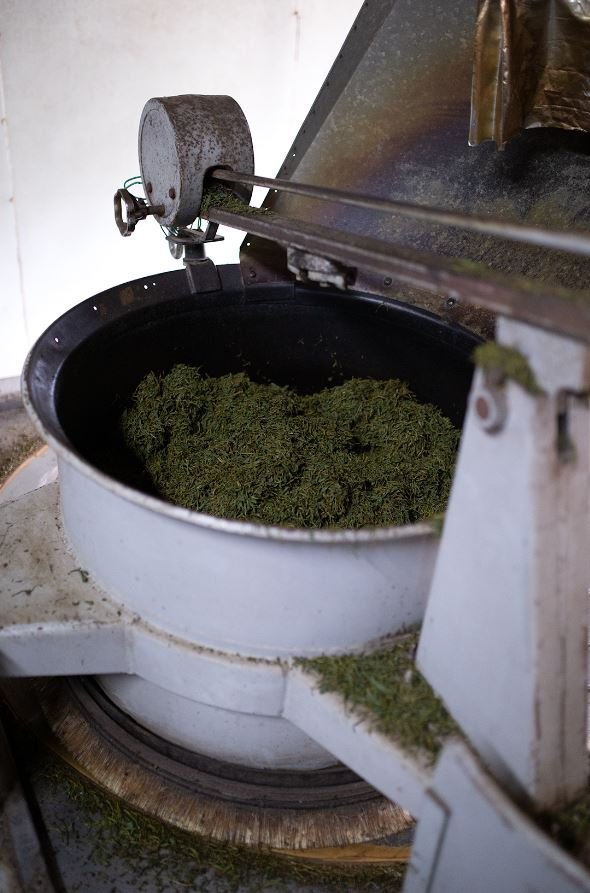


"The Beginningof Life/Art: Cloth WeavesOur Times
Photographs taken for the catalog of the exhibition at the Aomori Contemporary Art Center, ACAC 2020
国際芸術センター青森ACAC 2020のカタログ用に撮影した写真













